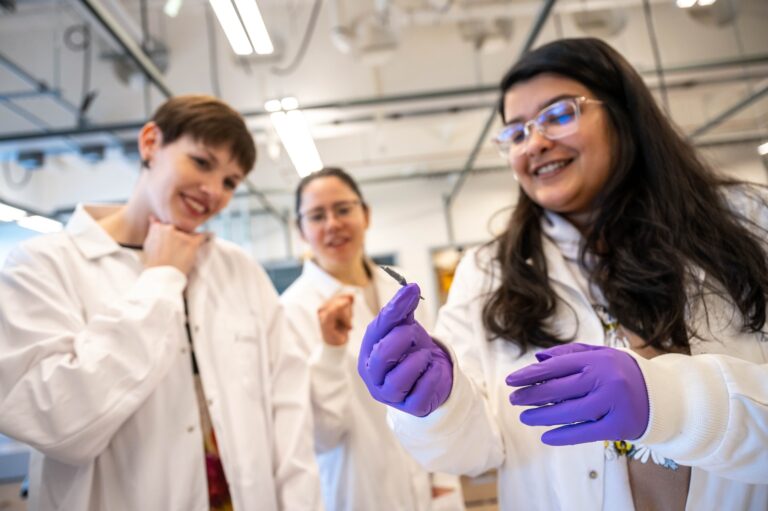Q&A: How parents can identify anxiety warning signs as students return to school
Steven Taylor, professor at UBC’s department of psychiatry, a clinical psychologist, and author of The Psychology of Pandemics has some expert advice for parents of school-aged children.

Credit: Sai De Silva/Unsplash
When students across British Columbia head back to school, they’ll enter a new world of COVID-19 precautions and protocols. Consequently, students of all ages, from kindergarten to Grade 12, may experience higher levels of anxiety with varying symptoms and consequences. Steven Taylor, professor at UBC’s department of psychiatry, a clinical psychologist, and author of The Psychology of Pandemics has some expert advice for parents of school-aged children.
What early warning signs of increased anxiety should parents look for in kids returning to class?
Children tend to express anxiety through physical symptoms so parents should look for signs such as stomach aches, decrease in appetite, headaches, irritability and difficulty sleeping. Parents know their children and their behaviour and should have a good sense of when their kids are emotionally upset or preoccupied.
How can parents reduce their child’s anxiety and alleviate fears about COVID-19?
In short, try to keep things as normal as possible while letting them know that it’s OK to be apprehensive. It’s also important to understand that the main concern for many students won’t actually be COVID-19; it will be about how their classes will be organized, their ability to adapt to new formats and new learning environments, and of course, their grades. But children are most likely to be anxious during the first week or two of school and then, for most kids, their anxieties should abate as they get used to the new routine.
Can well-meaning parents make things worse by saying the wrong things?
Parents shouldn’t be too hard on themselves, but sometimes they may have to walk a fine line. Just because a child doesn’t initiate a conversation, doesn’t mean they aren’t feeling stressed. But obviously you don’t want to stoke fears by conjuring scary scenarios or planting seeds—it’s better to ask exploratory open-ended questions rather than feeding them lines. For example: “You don’t seem to be your usual self lately. Is something bothering you?”
When was the last time students in Canada faced anything like this pandemic?
Young Canadians haven’t dealt with anything like this since the Spanish flu 100 years ago. Even in the 1950s during the Cold War, when kids did the duck-and-cover in the classroom, I don’t think they were affected like they are today.
In addition to talking, what other practical things can parents do to help their kids deal with the pandemic this school year?
We’ll soon enter cough, cold and flu season, so it’s very important for students to get flu shots and wear face masks. Without getting children tested for SARSCoV2, it will be very difficult to discern whether kids with symptoms actually have COVID-19, so we want to limit stress where we can. Flu shots and face masks are a great way to do that.



